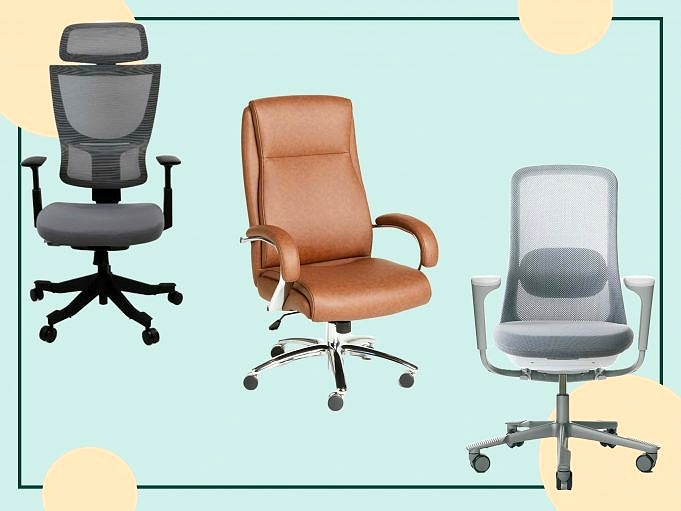SQlab’s new approach to comfort concerns in the US markets is what SQlab brings to the US
SQlab, Germany, makes ergonomically designed pedals, hand-grips and handlebars. These will soon be available in the country. After suffering severe wrist, spine and wrist pains from a motorcycle accident, Tobias Hild started SQlab. Hild is not new to the bike industry. Hild was a former owner of a bike shop, downhill racer and test rider for the country’s leading magazine. He also owned a successful accessory business in gravity-sport. His most recent product, the ergonomic?SQseat? The crown jewel of the 2004 collection by the new company was the?SQseat.
UG, A ANOTHER SADDLE?
I’ve seen many dog and pony shows. There were graphs and animations that claimed that saddle-A was superior to saddle-B. However, after extensive testing, it was discovered that the miracle seat was actually a bunion-breeding shedgie looking for a victim. Tobias didn’t slam any other saddles. Instead, Tobias produced a full-size pelvis and explained how a bicycle saddle interacts with the sit bone. The pelvic structure. He noted that the saddle narrows towards its front because of sharp edges in the sit bones.
We tested different types of saddles using the model pelvis to see how they affect comfort. Tobias was the only one who got to choose between each of these options. The theory was based on real-world riding conditions.
Many saddle designers claim that the pelvis of a woman’s sit bones is wider than one man’s. Tobias says, « This is true, but only when the average is taken. The difference is very small. » To measure a large group of male and female cyclists, we used pressure sensitive film. We found that their sit bones varied from 11 to 18 centimeters wide. ?
IT’S ALL IN THE PELVIS
SQlab discovered that the widths of the sit bones decrease as the rider is in a lower position than the bike and increase as the rider sits straight up. SQlabs saddle’s flared section has a flatter, wider flared section that can accommodate a wide range of pelvic structures. Then, it tapers to a narrow nose. Like most ergonomic saddles, the padding is grooved in the middle. A ledge drops slightly at the junction between the nose and the flared portion of the seat to provide additional pressure relief. Tobias says that the ledge is crucial.
The tender parts of both sexes needed the same type relief, according to?SQlabs testing. Tobias said, « The shelf relieves pressure at the area where the pelvis bones and tissue are sharp. It is not important how long the nose of a saddle is. This is because neither sex should sit there. However, a longer nose can allow a rider sideways pressure to steer the bike. ?
ONE SADDLE FITS ALL
Tobias? These generalizations are typical of male and female cyclists who swear by a variety of saddle styles and types. While many female cyclists find saddles that are specifically designed for them to be helpful, they may not suit all of their needs. Many men find that seats are uncomfortable and do not offer relief. SQlabs’ work was highlighted by the creation of a simple and inexpensive?fit kit to help bike shops fit customers to the right saddle. The kit tracks the individual’s sit bones on paper. The dealer will measure the customer and help him choose the right saddle to place his sit bones in the best spot of the padding.
The prototype kit was a good fit for me. It is exactly the shape of my favorite seat.
IT’S ALL IN THE NAME
SQlab, the name of the company, is derived from « Askualp »,? German for « caduceus », the winged staff wrapped in spiral snakes, that symbolizes the field of medicine. They offer a range of high-rise stems, handlebars with more reach to match the wrist bones, pedals that are more natural and heels-in, and hand grips that relieve pressure on the delicate nerves and blood vessels to the outside of your palm.
You can reach SQlab directly at www.sqlab.com until they establish a US distribution channel.



